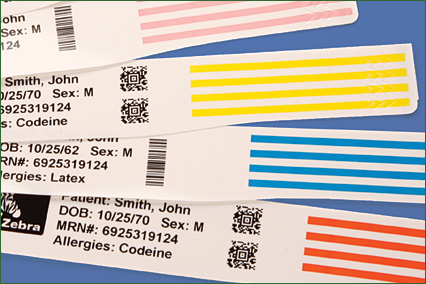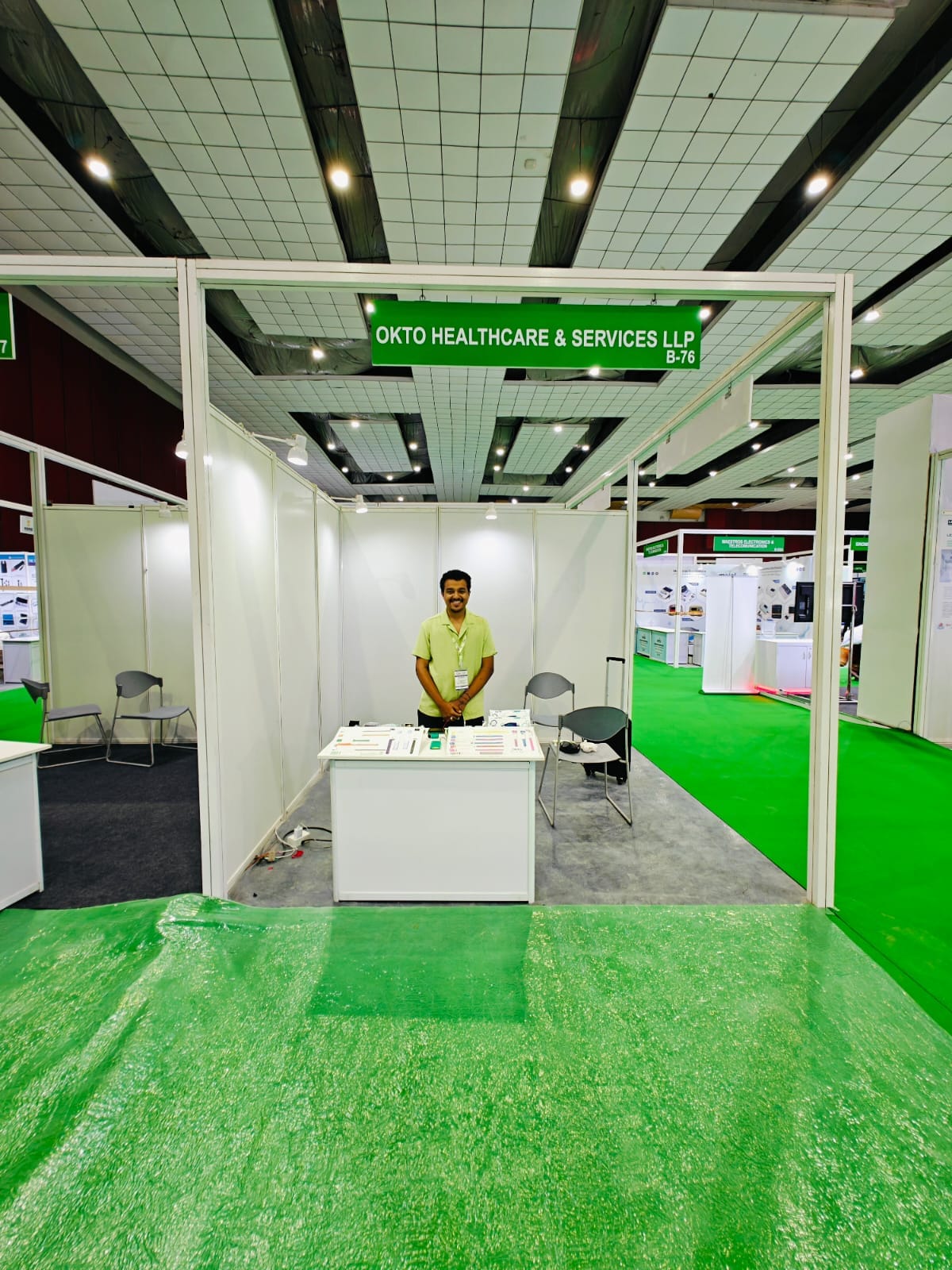Just How Patient Identification Band Improves Patient Safety in Clinical Settings
Just How Patient Identification Band Improves Patient Safety in Clinical Settings
Blog Article
Simplifying Person Care With Reliable Recognition Bands
The application of reliable identification bands is a pivotal component in improving client treatment within healthcare setups. These bands not only offer to minimize the threats connected with patient misidentification however additionally streamline interaction amongst medical workers, thereby promoting a more secure setting. Different types of identification bands accommodate particular demands, from resilient wristbands for adults to specialized bands for infants and vital cases. As the landscape of person identification evolves, one need to take into consideration the implications of these systems on general health care delivery and person outcomes. What advancements await in this vital location?
Significance of Individual Recognition
Ensuring exact patient identification is essential in medical care setups, as it straight affects the security and high quality of care supplied. Misidentification can bring about major errors, including administering the incorrect drug, performing incorrect treatments, or miscommunicating essential person information. Such mistakes not just jeopardize client security however can also lead to legal implications and lowered count on medical care systems.
Efficient individual identification is basic to establishing a safe and secure setting where clients receive customized and suitable treatment. It facilitates the exact paperwork of medical backgrounds, allergies, and therapy plans, ensuring that doctor have access to vital information whatsoever times. Robust identification methods aid enhance communication among clinical personnel, improving collaboration and minimizing the risk of blunders.

Sorts Of Recognition Bands
Identification bands play a critical duty in preserving exact individual records and improving safety and security within health care atmospheres. Numerous types of recognition bands are utilized to provide to the particular requirements and requirements of different person populaces.

Another kind is the ankle joint band, which is especially helpful for babies and newborns, ensuring that recognition remains undamaged also throughout care treatments. Specialized bands, such as those for allergy notifies or fall risk signs, offer additional layers of safety and security by drawing instant focus to important client problems.
Lately, electronic identification bands have gained popularity, integrating barcodes or RFID technology that can be scanned to promptly recover individual information. These bands enhance workflows and lessen the threat of human mistake during patient identification procedures.
Benefits of Effective Identification
Effective identification of individuals via the use of identification bands adds considerably to total individual safety and care quality. By making sure that each patient is accurately identified, doctor can successfully match clinical therapies and procedures to the right person, decreasing the threat of mistakes. This is particularly crucial in environments with high patient turnover, where the capacity for misidentification is better.
In addition, effective identification bands enhance interaction amongst health care groups. Exact and clear person identification promotes cooperation and makes sure that all team participants know an individual's particular needs and case history. This communication is vital for providing coordinated treatment, especially in emergency useful site situations where time is critical.

Inevitably, efficient recognition with the use of recognition bands not only safeguards people but likewise advertises a culture of safety and security within health care facilities (Patient Identification Band). By focusing on accurate recognition, healthcare organizations can improve end results and enhance the total client experience
Applying Recognition Solutions
While the relevance of client recognition is well identified, the implementation of robust identification systems postures a complicated challenge for health care organizations. Establishing efficient recognition systems needs a detailed method, including modern technology, personnel training, and procedure integration.
First, companies have to pick ideal recognition technologies, such as barcode scanning, RFID, or biometric systems. Patient Identification Band. These technologies need to be assessed based upon expense, usability, and compatibility with existing infrastructure. A pilot program can more helpful hints assist determine possible concerns prior to full-blown execution
Following, extensive training for personnel is vital. All personnel have to understand the importance of precise individual recognition and be competent in using the chosen innovations. Regular training updates and evaluations can reinforce ideal practices and make sure ongoing conformity.
Furthermore, medical care organizations must create standard treatments for individual identification throughout all departments, boosting and lessening disparities communication. Regular audits can aid recognize gaps in adherence to these protocols.

Ultimately, an efficient application of identification systems not only boosts client security but additionally fosters a culture of responsibility and diligence within medical care settings, guaranteeing constant and reliable person treatment.
Future Trends in Patient Identification
Improvements in technology are readied to transform patient recognition techniques in health care settings. The integration of biometric identification approaches, such as fingerprinting and face recognition, is anticipated to improve precision and safety. These modern technologies can dramatically minimize the threat of misidentification, making certain that patients receive the correct therapies and drugs.
In addition, the implementation of blockchain modern technology for client documents is gaining traction. This decentralized strategy can provide a tamper-proof and secure method for taking care of individual identifications, thereby improving access to essential details throughout various healthcare service providers.
An additional pattern is the enhancing use mobile health and wellness applications that leverage QR codes for person recognition. These applications enable real-time updates and easy access to client information, empowering healthcare experts to make enlightened choices swiftly.
Furthermore, expert system (AI) is poised to play a vital role in assessing client recognition information, identifying patterns, and anticipating possible recognition errors prior to they happen.
As these modern technologies evolve, they guarantee not just to boost individual security however also to improve the total efficiency of healthcare shipment systems. Embracing these developments will be crucial for future-proofing client treatment methods.
Verdict
To conclude, effective identification bands are crucial for improving patient safety and security and care quality within healthcare settings. By minimizing the threats related to misidentification, these bands assist in timely and precise details access, eventually boosting communication among healthcare carriers. The execution of robust recognition systems not only cultivates a culture of safety and security yet also positions healthcare institutions to adapt to future fads in client identification technology, making certain ideal outcomes for people in varied clinical environments.
As the landscape of individual recognition advances, one have to take into consideration the implications of these systems on overall health care shipment and individual results.Reliable individual recognition is fundamental to developing a secure setting where patients receive suitable and personalized treatment. Eventually, prioritizing effective patient recognition techniques not only cultivates a culture of safety however additionally contributes to improved patient results and total satisfaction with health care solutions.
Reliable identification of people with the use of identification bands contributes substantially to overall client safety and care top quality. The application of durable identification systems not just cultivates a society of safety yet likewise settings medical care institutions to browse around here adapt to future patterns in person identification modern technology, making sure optimum outcomes for clients in varied medical atmospheres.
Report this page